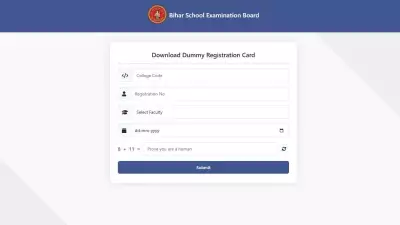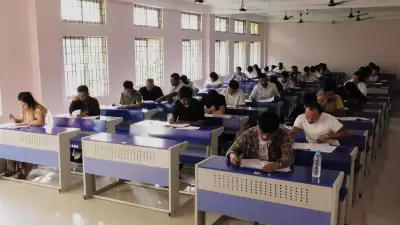
Justice Surya Kant officially assumed office as the 53rd Chief Justice of India on November 24, succeeding Justice B R Gavai who completed his tenure. The new CJI will serve until February 9, 2027, marking one of the longer tenures in recent Supreme Court history.
Constitutional Framework for CJI Appointment
The appointment process for India's top judge finds its foundation in Article 124 of the Indian Constitution. Article 124(1) establishes the Supreme Court of India comprising a Chief Justice and other judges, while Article 124(2) specifies that every Supreme Court judge shall be appointed by the President through consultation with judges of the Supreme Court and High Courts.
Interestingly, the Constitution does not outline a specific procedure for these appointments, leading to the development of conventions and judicial interpretations over time. The current practice follows the Memorandum of Procedure for appointment of Supreme Court Judges agreed upon in 1999.
The Established Convention and Procedure
By established convention, the seniormost judge of the Supreme Court typically ascends to the position of Chief Justice of India. This convention has now been formally incorporated into the Memorandum of Procedure, which states that the appointment should be of the senior-most judge considered fit for the office.
The appointment process initiates approximately one month before the incumbent CJI's retirement. The Union Minister of Law, Justice and Company Affairs seeks the recommendation of the outgoing Chief Justice for his successor. Following this recommendation, the Law Minister presents it to the Prime Minister, who then advises the President on the formal appointment.
In the recent transition, Chief Justice B R Gavai recommended Justice Surya Kant as his successor on October 27, following the established protocol. While the central government technically holds the final authority in appointments, by convention it typically accepts the sitting CJI's recommendation.
Evolution Through Three Judges Cases
The current collegium system for judicial appointments evolved through three landmark Supreme Court judgments known collectively as the Three Judges Cases.
First Judges Case (1981)
In SP Gupta Vs Union of India, a seven-judge bench ruled that the executive branch would have the final say in judicial appointments. The court interpreted that consultation did not mean concurrence, thereby tilting the balance of power toward the government. This precedent remained effective for twelve years.
Second Judges Case (1993)
The Supreme Court Advocates-on-Record Association Vs Union of India case fundamentally changed the landscape. A nine-judge Constitution Bench overturned the previous judgment and established the Collegium System. This system required the Chief Justice of India to make appointment decisions in consultation with the two senior-most judges of the Supreme Court.
Third Judges Case (1998)
Responding to a Presidential Reference by President K R Narayanan, the Supreme Court expanded the collegium. The court ruled that recommendations should come from the CJI and four senior-most colleagues, rather than just two. The judgment also mandated consultation with Supreme Court judges who originally served in the High Court from which a candidate was being considered.
Criticism of the Collegium System
Despite being operational since 1993, the collegium system faces significant criticism for its lack of transparency and formal structure. Key concerns include the absence of publicly disclosed eligibility criteria, no official secretariat to manage the process, and decisions made through informal discussions without documented procedures.
The system operates as a closed-door process without prescribed norms for candidate evaluation or selection methodology, raising questions about accountability and merit-based appointments in India's highest judiciary.
The NJAC Initiative and Its Fate
In response to criticisms of the collegium system, Parliament passed the National Judicial Appointments Commission (NJAC) Act in 2014 along with the 99th Constitutional Amendment. The NJAC was designed to replace the collegium system with a more representative body comprising the CJI, two senior Supreme Court judges, the Union Law Minister, and two eminent persons from civil society.
However, the Supreme Court struck down both laws in October 2015, upholding the collegium system as an essential feature of the Constitution that protects judicial independence.
Significance for UPSC Aspirants
The appointment of the Chief Justice of India and the evolution of the collegium system represent crucial topics for UPSC examination preparation. The 2017 General Studies II paper included a question critically examining the Supreme Court's judgment on the NJAC Act, while the 2019 Prelims featured a question on judge impeachment procedures.
Justice Surya Kant's relatively long tenure until 2027 provides an extended period for his bench to address numerous high-profile constitutional matters, cyber law issues, criminal justice reforms, and electoral integrity cases that will likely shape India's legal landscape for years to come.





